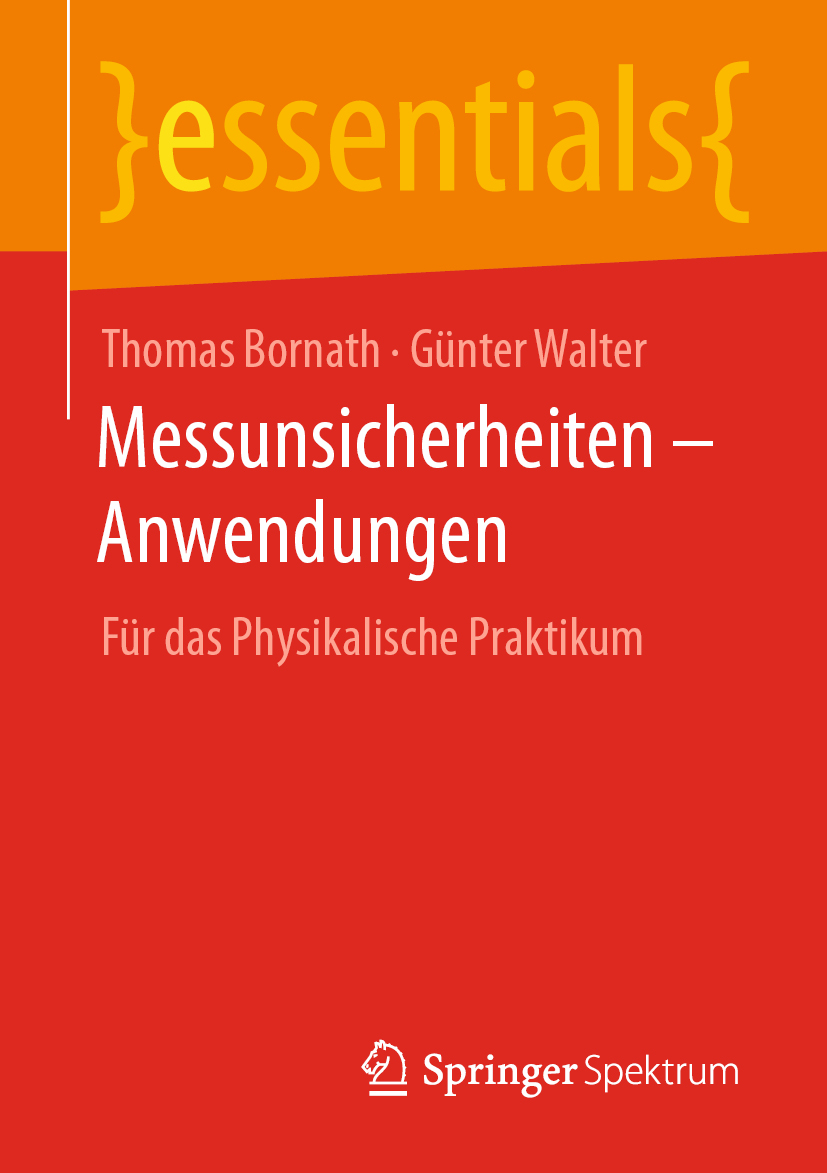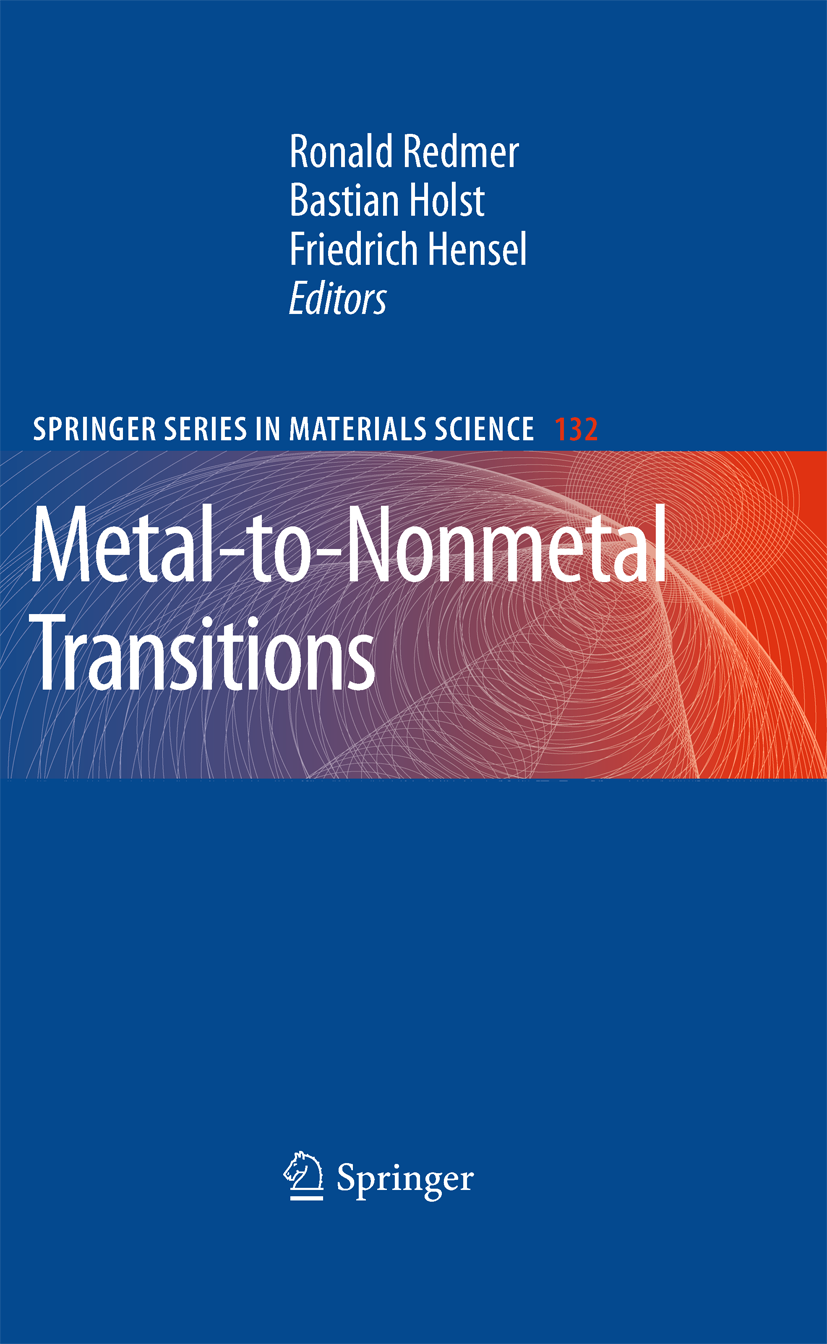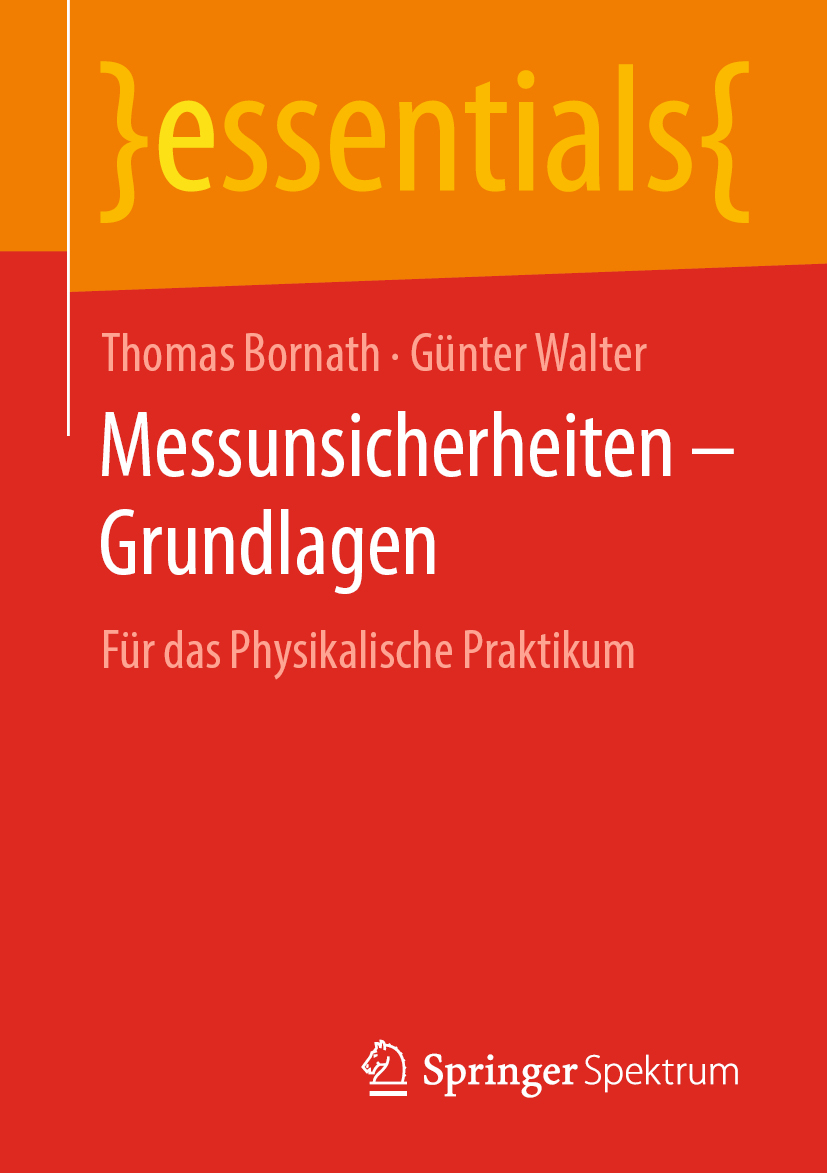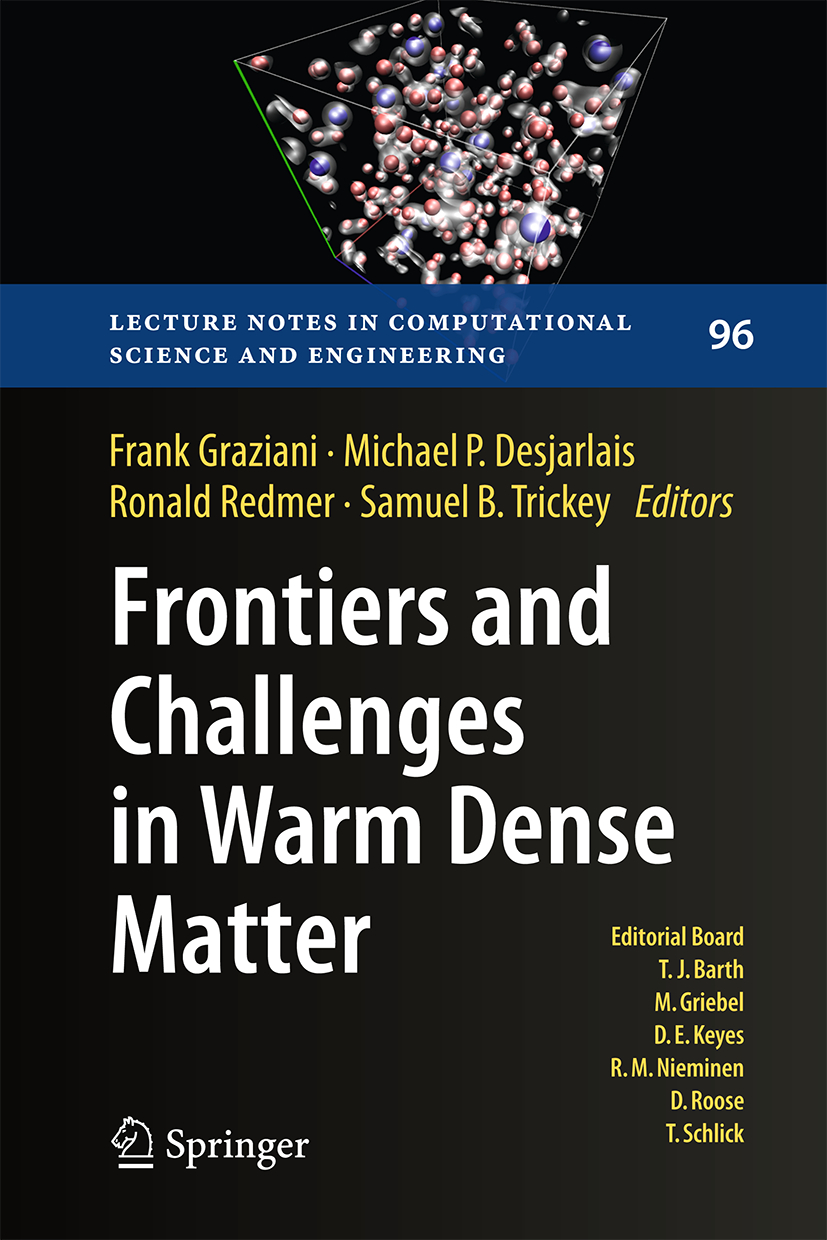Messunsicherheiten – Anwendungen. Für das Physikalische Praktikum
This book presents the evaluation of measurement data with their uncertainties for application in the physics practical course. For the main types of measurement tasks, the reader will find a compilation of all the necessary formulas for the determination of the best value and the combined and expanded measurement uncertainty, as well as practical instructions for the determination of uncertainties according to type B (non-statistical method). Numerous calculated examples provide concrete instructions and demonstrate how the results are included in the practical report and how they are discussed. This compendium is suitable for students in a bachelor's or teaching degree program in physics as well as for students in science and engineering programs with a minor in physics.
Link to the publisher
Metal-to-Nonmetal Transitions
This book is devoted to nonmetal-to-metal transitions. The original ideas of Mott for such a transition in solids have been adapted to describe a broad variety of phenomena in condensed matter physics (solids, liquids, and fluids), in plasma and cluster physics, as well as in nuclear physics (nuclear matter and quark-gluon systems). The book gives a comprehensive overview of theoretical methods and experimental results of the current research on the Mott effect for this wide spectrum of topics. The fundamental problem is the transition from localized to delocalized states which describes the nonmetal-to-metal transition in these diverse systems. Based on the ideas of Mott, Hubbard, Anderson as well as Landau and Zeldovich, internationally respected scientists present the scientific challenges and highlight the enormous progress which has been achieved over the last years. The level of description is aimed to specialists in these fields as well as to young scientists who will get an overview for their own work. A common feature of all contribution is the extensive discussion of „bound states", i.e. their formation and dissolution due to medium effects. This applies to atoms and molecules in plasmas, fluids, and small clusters, excitons in semiconductors, or nucleons, deuterons, and alpha-particles in nuclear matter. In this way, the transition from delocalized to localized states and vice versa can be described on a common level.
Messunsicherheiten – Grundlagen. Für das Physikalische Praktikum
This book presents the handling of measurement data and their uncertainties in a concise and clear manner. In the "Guide to the Expression of Uncertainty in Measurement" (ISO /IEC 98-3:2008), the terminology and methods for handling measurement uncertainties are internationally standardized. On this basis, the reader is provided with knowledge about the nature of measurement deviations, measurement uncertainty and probability distribution, determination of combined and expanded measurement uncertainty, and compensation calculation. This compendium is suitable both for students in a bachelor's degree or teaching degree program in physics and for students in science and engineering programs with a minor in physics.
Link to the publisher
Frontiers and Challenges in Warm Dense Matter
Warm Dense Matter (WDM) occupies a loosely defined region of phase space intermediate between solid, liquid, gas, and plasma, and typically shares characteristics of two or more of these phases. WDM is generally associated with the combination of strongly coupled ions and moderately degenerate electrons, and careful attention to quantum physics and electronic structure is essential. The lack of a small perturbation parameter greatly limits approximate attempts at its accurate description. Since WDM resides at the intersection of solid state and high energy density physics, many high energy density physics (HEDP) experiments pass through this difficult region of phase space. Thus, understanding and modeling WDM is key to the success of experiments on diverse facilities. These include the National Ignition Campaign centered on the National Ignition Facility (NIF), pulsed-power driven experiments on the Z machine, ion-beam-driven WDM experiments on the NDCX-II, and fundamental WDM research at the Linear Coherent Light Source (LCLS). Warm Dense Matter is also ubiquitous in planetary science and astrophysics, particularly with respect to unresolved questions concerning the structure and age of the gas giants, the nature of exosolar planets, and the cosmochronology of white dwarf stars. In this book we explore established and promising approaches to the modeling of WDM, foundational issues concerning the correct theoretical description of WDM, and the challenging practical issues of numerically modeling strongly coupled systems with many degrees of freedom.




